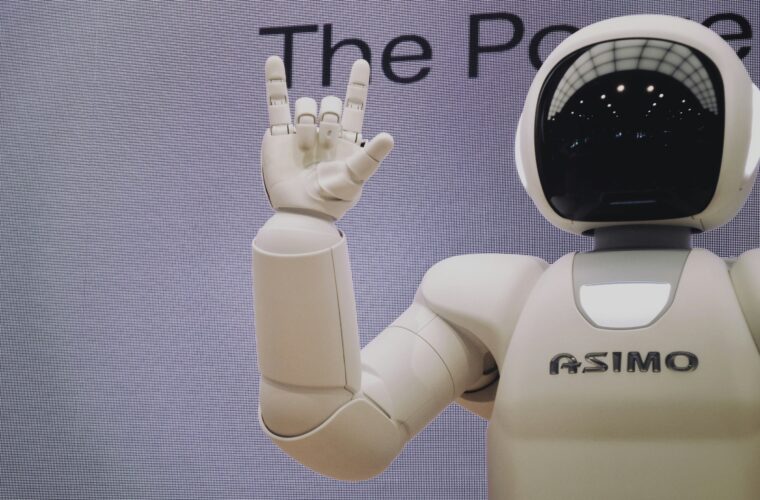Pudu D7, the semi-humanoid robot that serves as a waiter and warehouse worker
Waiter, warehouse worker and courier who delivers to the floors. These are some of the future tasks of Pudu D7, the semi-humanoid robot developed by Pudu Robotics, a Chinese company that holds almost a thousand patents on service robots. We are not talking about a startup because since its founding in 2016, Pudu has shipped more than 80,000 units and is present in 60 countries worldwide, where its robots are used in different sectors: catering, retail, manufacturing, education, healthcare, hospitality and entertainment.
The latest addition is the Pudu D7, a semi-humanoid robot, one of three types in the company’s long-term strategic vision. The categories differ between specialised robots designed for specific tasks, semi-humanoid robots designed for adaptable and versatile applications, and fully humanoid robots capable of human and complex interactions. The latter is the ultimate goal to be achieved, which is still a long way off at the moment, while in the other two categories, Pudu has already shown several projects with robots meeting different needs in the field of service robotics in order to improve operational efficiency and customer experience.
A robot as effective (almost) as man
Pudu D7’s leap forward combines mobility and dexterity in a body made up of two parts: the upper part traces the human physiognomy with robotic arms and an omnidirectional frame. In contrast, the lower part has a support with wheels to move nimbly. This design allows the robot to perform complex tasks in a variety of environments, such as taking orders and transporting dishes or cataloguing products in special spaces.
Standing 165 centimetres tall, Pudu D7 weighs 45 kilograms, has a bionic arm that extends 65 centimetres, operates with 30 degrees of freedom, and, via manual attachment, extends up to 50 degrees. Powered by a 1 kWh battery, the robot has a battery life of around 8 hours, moves omnidirectionally through 360 degrees at a speed of 2 metres per second, and is able to maintain stability on slopes of up to 10 degrees. It can lift weights to 10 kg through its arms, with an end-point accuracy of 0.1 millimetres.
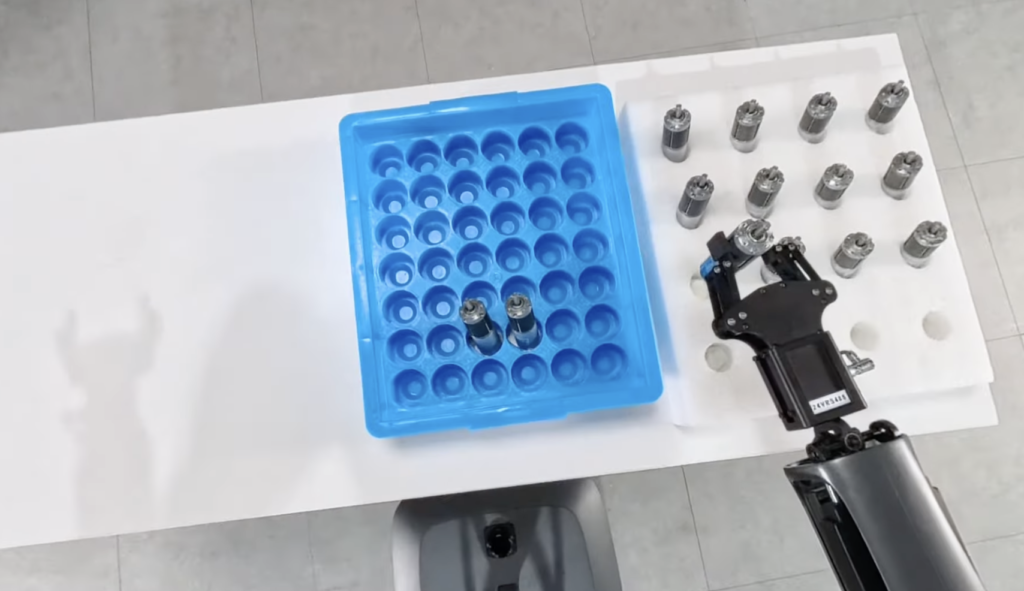

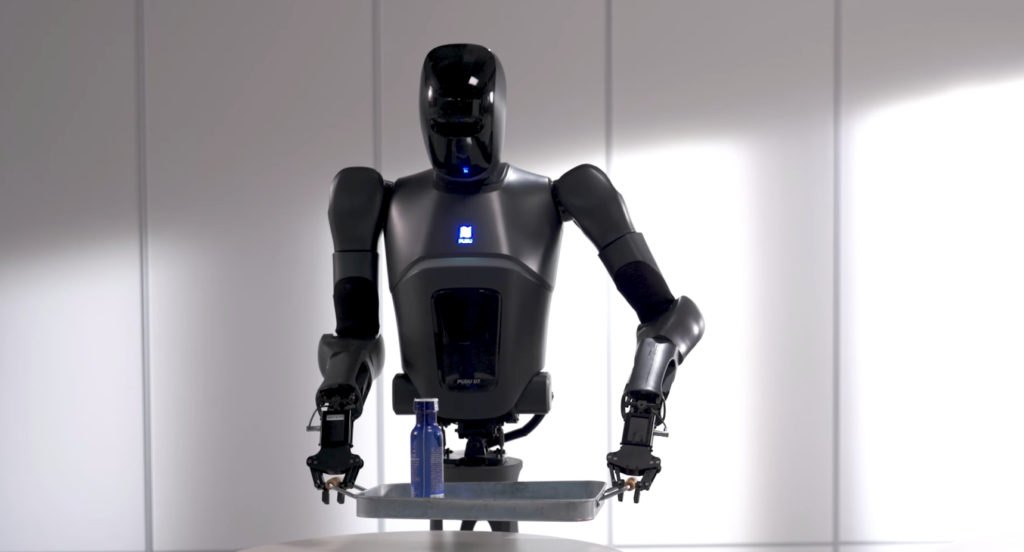
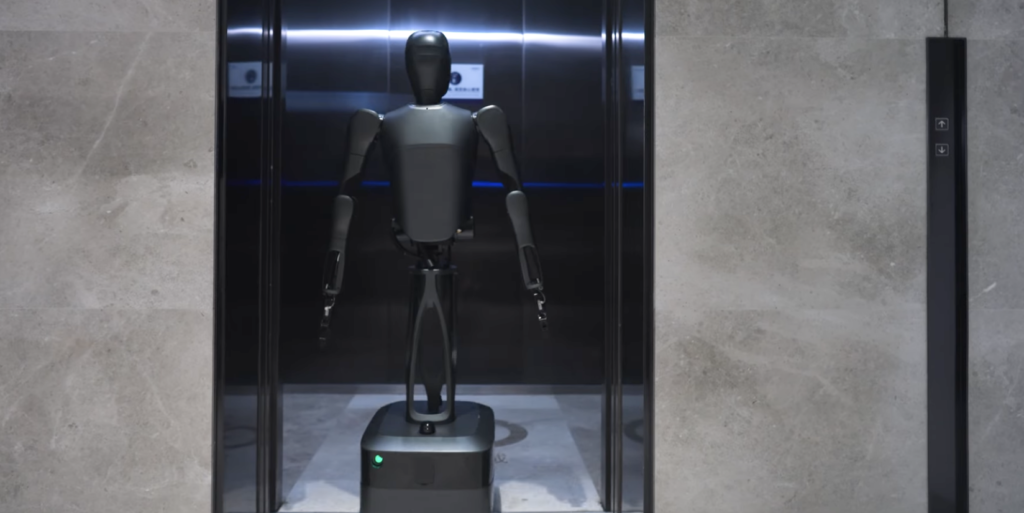
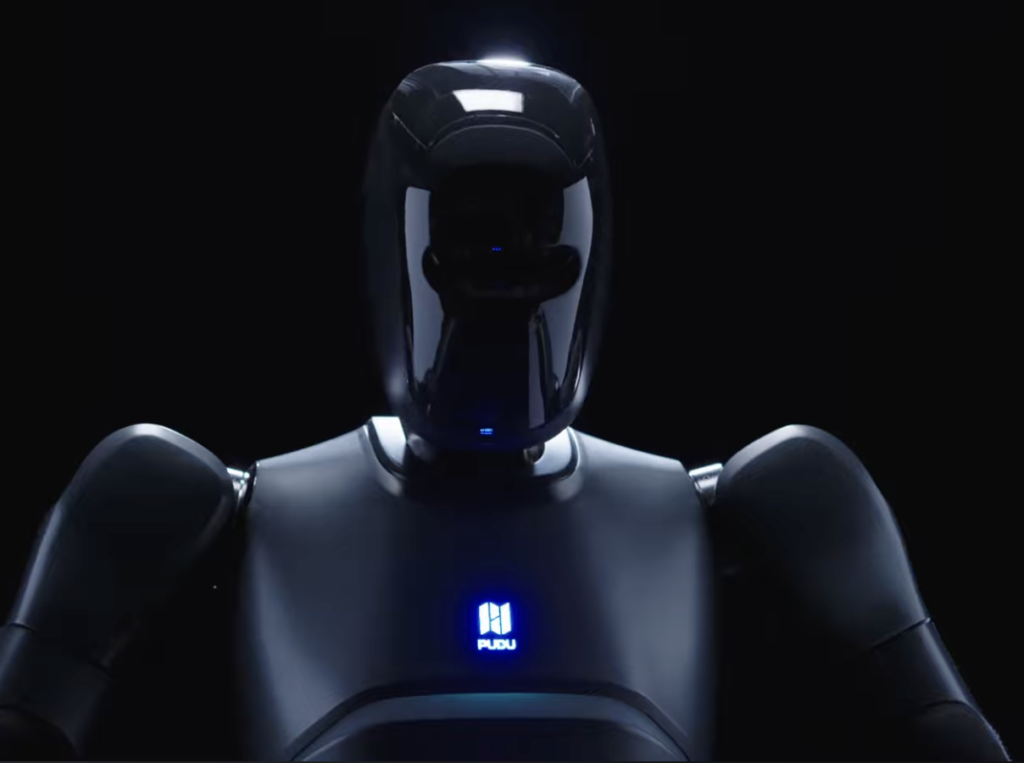
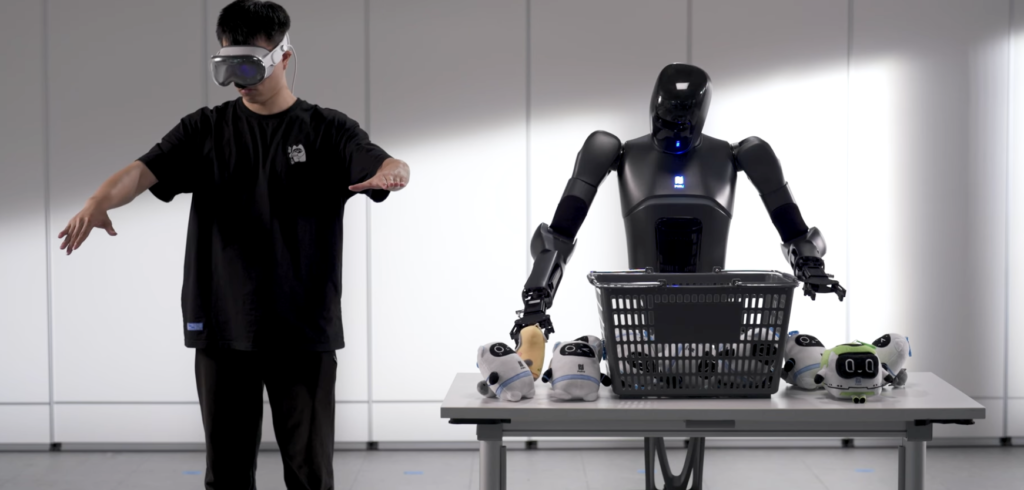
Humanoid robot
These elements combined with the design allow the Pudu D7 to take the lift, transport objects and sort goods optimally. This is due to the multi-layered intelligence system based on a mix of data knowledge and AI models, thanks to which the robot can handle both abstract tasks and real-time movements based on the senses. Not only by repeating the same tasks but also by adding new ones, as the system allows Pudu D7 to learn and refine its actions over time.
“Featuring advanced mobility, versatile operational capabilities, and embodied intelligence, this semi-humanoid robot marks a significant milestone in our pursuit of a diverse range of robotic solutions,” said Felix Zhang, Founder and CEO of Pudu Robotics. The Shenzhen-based company aims to commercialise the semi-humanoid robot in 2025, identifying its field of action mainly in the restaurant and logistics sectors. No information on the cost was given, but whatever the figure, if it fulfils its promises, Pudu D7 will undoubtedly represent a decisive step forward for robotics in the service of man.



